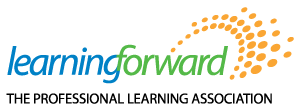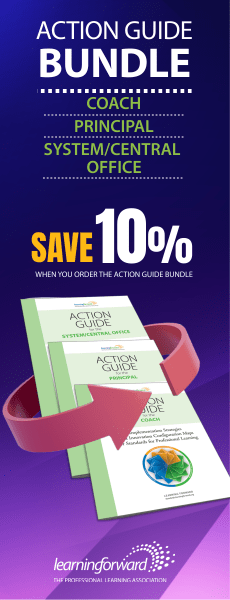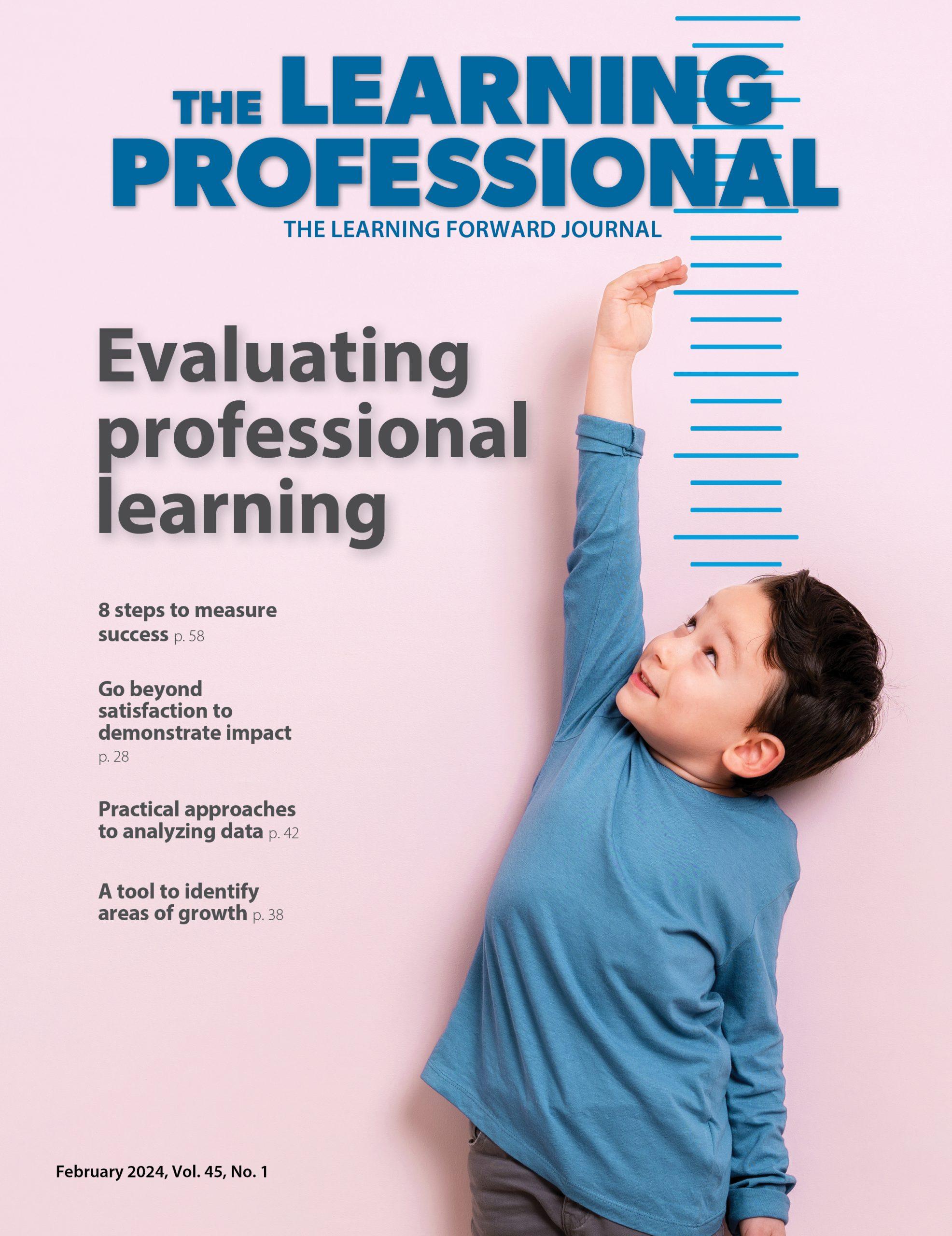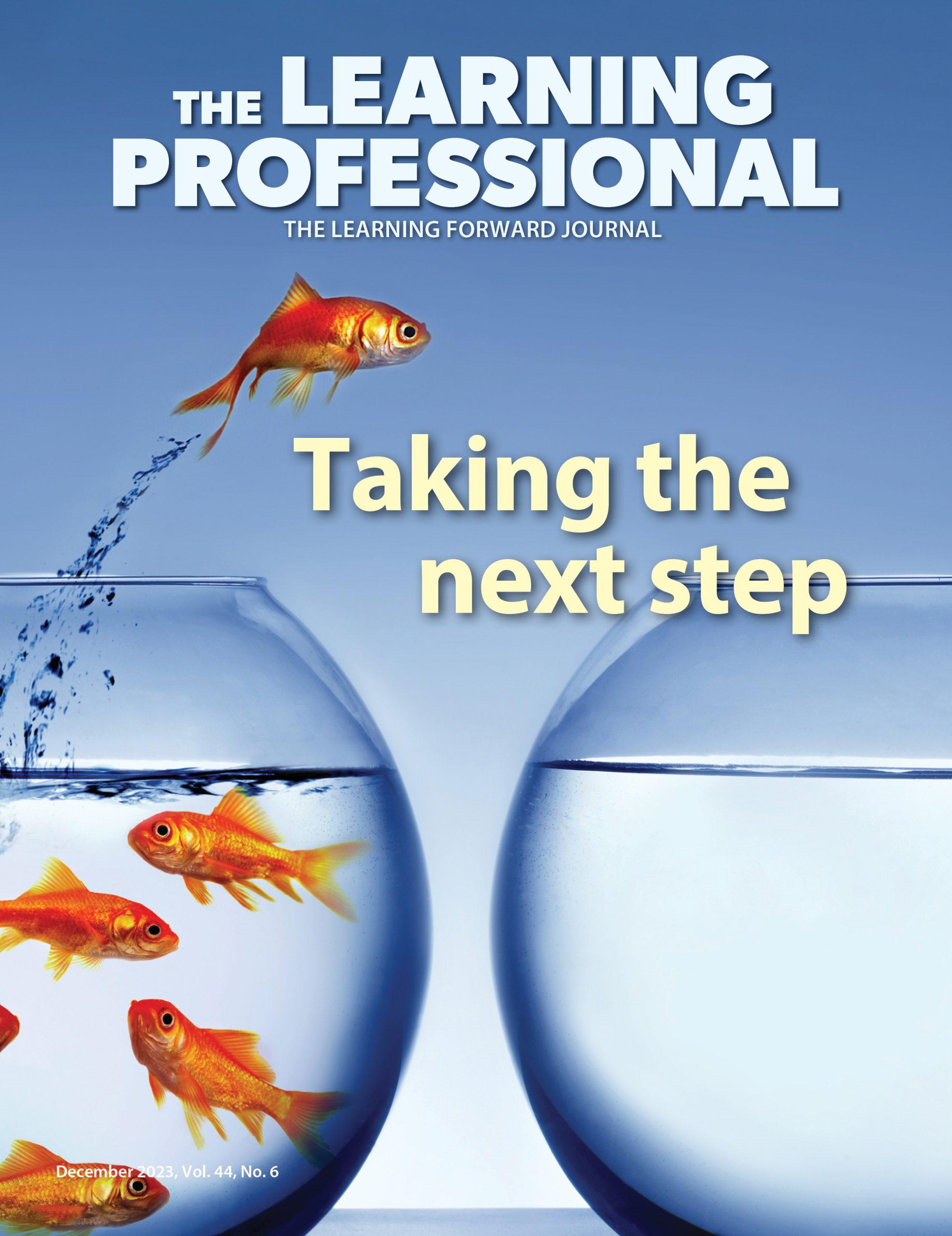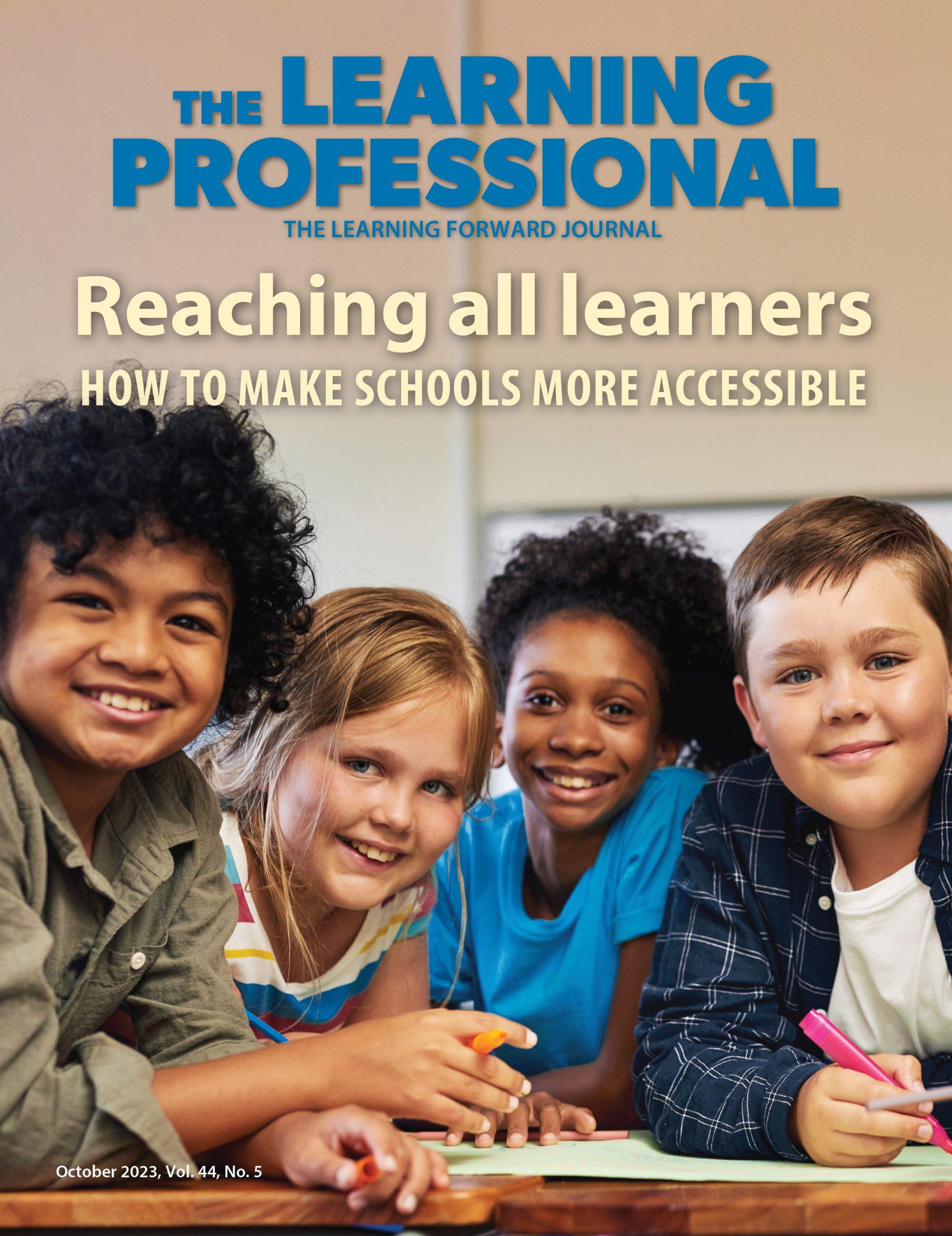IDEAS
The principal’s role has changed
Is professional learning keeping up?
By Rebecca A. Thessin and Karen Seashore Louis
Categories: Leadership, Learning designs, Learning systems/planning, School leadershipApril 2020
Vol 41, No. 2
Read the remaining content with membership access. Join or log in below to continue.
Sed ut perspiciatis unde omnis iste natus error sit voluptatem accusantium doloremque laudantium, totam rem aperiam, eaque ipsa quae ab illo inventore veritatis et quasi architecto beatae vitae dicta sunt explicabo. Nemo enim ipsam voluptatem quia voluptas sit aspernatur aut odit aut fugit, sed quia consequuntur magni dolores eos qui ratione voluptatem sequi nesciunt. Neque porro quisquam est, qui dolorem ipsum quia dolor sit amet, consectetur, adipisci velit, sed quia non numquam eius modi tempora incidunt ut labore et dolore magnam aliquam quaerat voluptatem.
References
Boyatzis, R.E. & Kolb, D.A. (1999). Performance, learning, and development as modes of growth and adaptation throughout our lives and careers. In M. Peiperl, M.B. Arthur, R. Coffee, & T. Morris (Eds.), Career frontiers: New conceptions of working lives (pp. 76-98). Oxford University Press.
Curry, M. & Killion, J. (2009). Slicing the layers of learning. JSD, 30(1), 56-62.
DiPaola, M. & Hoy, W.K. (2013). Principals improving instruction: Supervision, evaluation, and professional development. Pearson/Allyn and Bacon.
Fusarelli, L.D. & Fusarelli, B.C. (2018). Instructional supervision in an era of high‐stakes accountability. In S.J. Zepeda & J.A. Ponticell (Eds.) The Wiley handbook of educational supervision (pp. 131-156). Wiley & Sons.
Goldring, E., Grissom, J., Rubin, M., Rogers, L., Neel, M., & Clark, M. (2018). A new role emerges for principal supervisors: Evidence from six districts in the Principal Supervisor Initiative. The Wallace Foundation.
Grissom, J.A., Loeb, S., & Master, B. (2013). Effective instructional time use for school leaders: Longitudinal evidence from observations of principals. Educational Researcher, 42(8), 433-444.
Honig, M.I. (2012). District central office leadership as teaching: How central office administrators support principals’ development as instructional leaders. Educational Administration Quarterly, 48(4), 733-774.
Knowles, M.S. (1996). Adult learning. In R.L. Craig (Ed.), ASTD training & development handbook: A guide to human resource development (4th ed., pp. 254-265). McGraw Hill.
Learning Forward. (2011). Standards for Professional Learning. Learning Forward.
Leithwood, K. (2018). Leadership development on a large scale: Lessons for long-term success. Corwin.
Manning, T. (2017). How do we clarify coaches’ roles and responsibilities? The Learning Professional, 38(4), 14.
Thessin, R.A. (2019). Establishing productive principal/principal supervisor partnerships for instructional leadership. Journal of Educational Administration 57(5), 463-483.
Thessin, R.A. & Louis, K.S. (2019). The role of districts and other agencies in supporting school leaders’ instructional leadership. Journal of Educational Administration 57(5), 434-444.
U.S. Department of Education. (2016). Non-regulatory guidance for Title II, Part A: Building systems of support for excellent teaching and learning. https://www2.ed.gov/policy/elsec/leg/essa/essatitleiipartaguidance.pdf
Zepeda, S.J. (2013). Professional development: What works. Routledge.

Karen Seashore Louis (klouis@umn.edu) is Regents Professor of Organizational Leadership, Policy, and Development and the Robert H. Beck Chair of Ideas in Education at the University of Minnesota.
Categories: Leadership, Learning designs, Learning systems/planning, School leadership
Recent Issues
EVALUATING PROFESSIONAL LEARNING
February 2024
How do you know your professional learning is working? This issue digs...
TAKING THE NEXT STEP
December 2023
Professional learning can open up new roles and challenges and help...
REACHING ALL LEARNERS
October 2023
Both special education and general education teachers need support to help...
THE TIME DILEMMA
August 2023
Prioritizing professional learning time is an investment in educators and...
